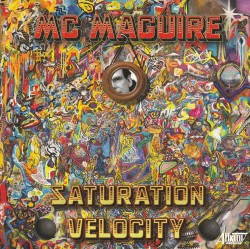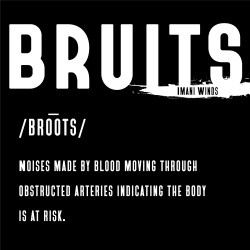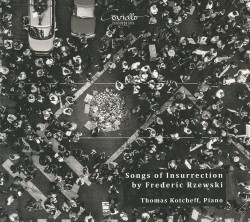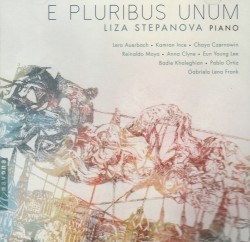Linda Catlin Smith: Meadow - Mia Cooper; Joachim Roewer; William Butt
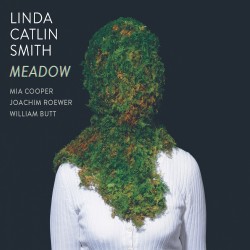 Linda Catlin Smith – Meadow
Linda Catlin Smith – Meadow
Mia Cooper; Joachim Roewer; William Butt
Louth Contemporary Music Society LCMS20201 (louthcms.org/recordings)
The enchanting stillness and hypnotic beauty of sprawling mossy fields has been captured ever so deeply by Linda Catlin Smith in her new work, Meadow, for string trio. This gentle music paints an endless moment amid the green-lit swaying turf. Sonorous pulsating chords and brief melodic offerings envelop the ears much like cascading grassy plains wrapping around bark and stone. Smith’s unparalleled command over the fusion of colour and harmony is immediately captivating. This sound world is a tapestry woven with delicate care and personal magic. At times, the distinctly fragmentary material forms echoes in the mind’s eye: glimpses of forgotten images begin to surface and radiate throughout the heath. The trio’s performance (Mia Cooper, violin; Joachim Roewer, viola; William Butt, cello) on this release was accomplished with extraordinary intimacy. The pureness of tone and capacity for expression result in a profoundly successful interpretation of Smith’s poetic intention.
This recording comes as the first release in an initiative from the Louth Contemporary Music Society, titled out of silence, to produce meaningful recordings under the exceptional conditions of the pandemic. While the pandemic continues to be a struggle for many, we thank artists for their commitment toward creation and for reminding us why we need art in our lives. When listening to the striking grace of Smith’s Meadow, many things come to mind and many emotions are felt throughout – I suppose this can all be summarized with the phrase “Thank you.”



